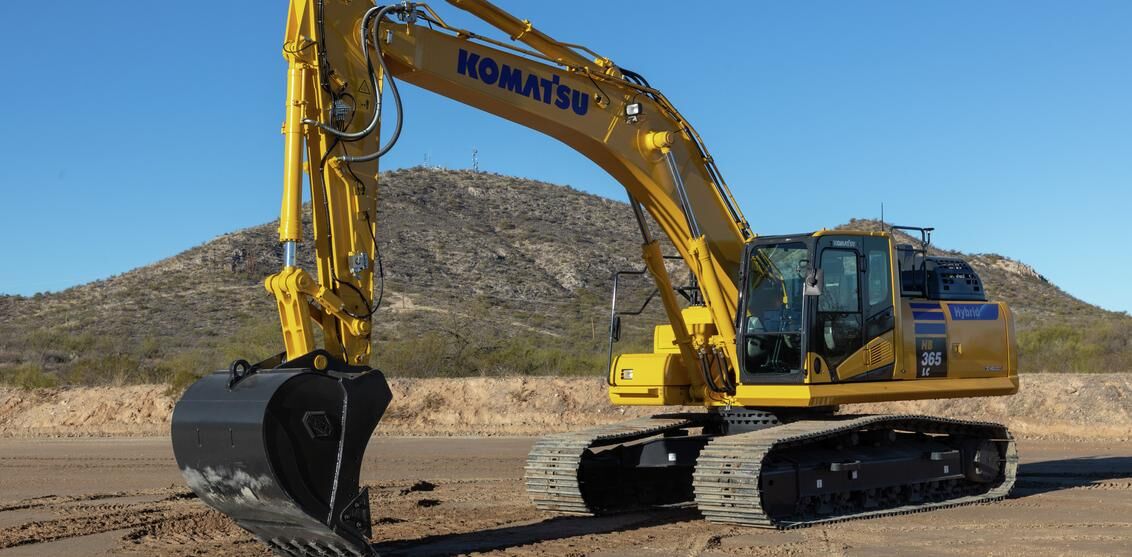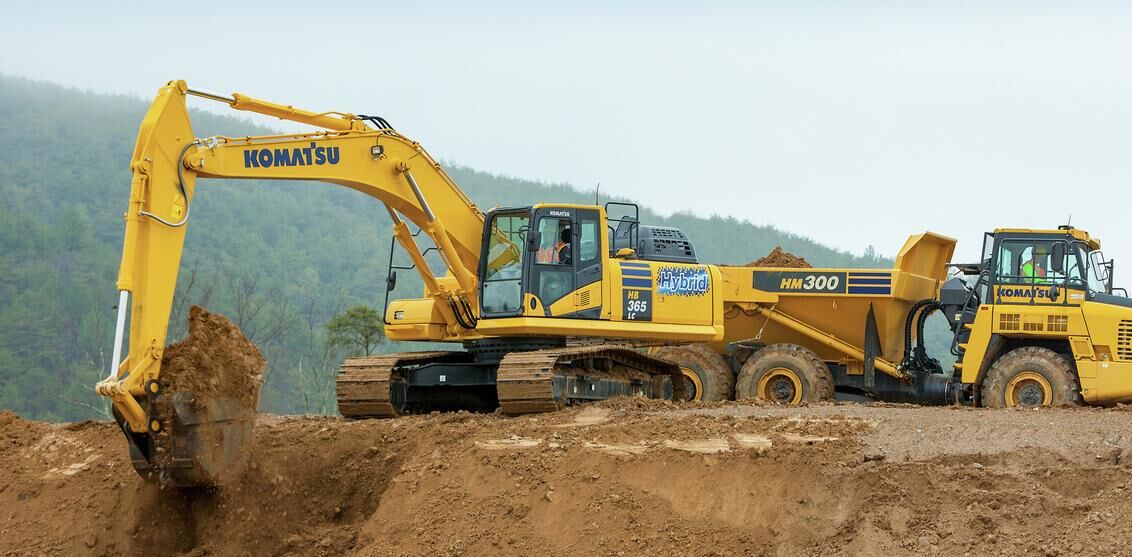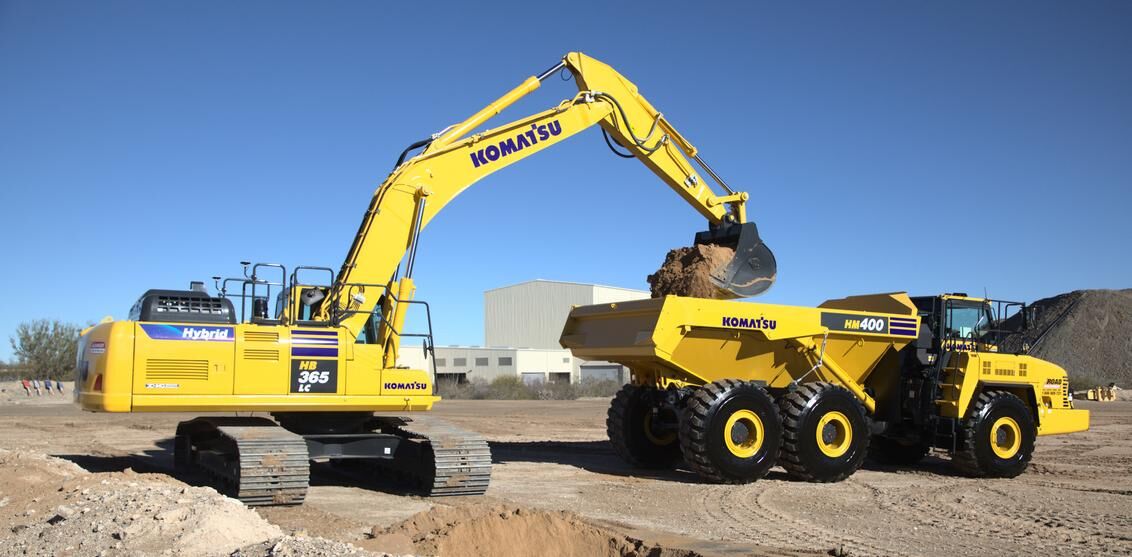The viability of all-electric vehicles in the construction industry is closer to today than ever before. But with limitations in charging infrastructure, concerns about battery runtime, and market demand, these machines are likely still a few years away from major prominence at your local sites.

Meanwhile, the construction industry has seen a massive movement in its commitment to carbon emission reduction. The sales and manufacturing of electric and hybrid machines in the industry has increased considerably over the last few years, making the future clear but also creating pressure on construction companies to develop sustainable strategies and move to greener energy sources quickly.
To transition to all-electric vehicles and a more sustainable, energy-efficient operation, many construction companies are looking to phase out their traditional gas vehicles with hybrid machines when the application works for the job.
“It’s no secret that customers are looking to reduce fuel and decarbonize. But they’re also still looking to increase productivity at their site with high-performance machines. Hybrid vehicles are the perfect solution to do both.”
said Kurt Moncini, Product Manager, Product and Services, at Komatsu.
Komatsu’s HB365LC-3 hybrid excavator is a machine that helps Komatsu reach its own carbon neutrality goals, committing to halving CO2 emissions from 2010 levels by 2030 and working to achieve net zero CO2 emissions (carbon neutrality) from their production activities by 2050. The HB365LC-3 excavator is built to offer customers a significant reduction in emissions with its hybrid energy conservation system, Tier 4 Final diesel engine, hybrid technology and an ultra-low idle speed delivers up to 20% fuel savings compared to Komatsu’s non-hybrid excavators.
“I think many customers are still waiting for all-electric machines to evolve more. With some, the jury’s still out. But hybrid vehicles like the HB365LC-3 have been around for years and they’ve proven what they can do in the field.”
said Moncini.
For more than 20 years, Komatsu has offered a range of hybrid solutions, with thousands of machines currently in the field across all regions. The HB365LC-3 uses an electric swing motor-generator that captures excess kinetic energy and stores it in a Komatsu ultra-capacitor. The stored energy is then sent to either the electric swing motor when required for swinging or an engine-mounted motor-generator to provide fast engine response from an ultra-low 700 rpm idle speed. The hydraulic power normally needed by the swing system is now completely available for boom, arm and bucket power, helping to improve digging cycle time and increase productivity.
“If you’re swinging back and forth all day long, doing slope work, or trenching, where every cycle your operators has to swing continuously, this excavator is what you need,”
said Moncini.

Most appealing to construction companies is that hybrid machines allow them to immediately reduce emissions on their journey to carbon neutrality while helping them complete their projects with a more effective and efficient performing machine. To further help reduce exhaust emissions, the Komatsu Auto Idle Shutdown feature stops engine RPM during moments of inactivity. The machine’s selective catalytic reduction (SCR) and exhaust gas recirculation (EGR) systems also help reduce nitrogen oxide.
“When operators work more efficiently, if they’re trenching all day long without idle time, more fuel is saved with the HB365LC-3. That’s a big step in helping your construction business move closer to carbon neutrality, reducing fuel burn and costs, and being more productive on every project.”
said Moncini.








![[Video] New Generation DAF Trucks in ‘Construction Simulator’ Game](https://www.heavyquipusa.com/wp-content/uploads/2025/02/DAF-trucks-218x150.jpg)




 Copyright 2020 All rights reserved.
Copyright 2020 All rights reserved.